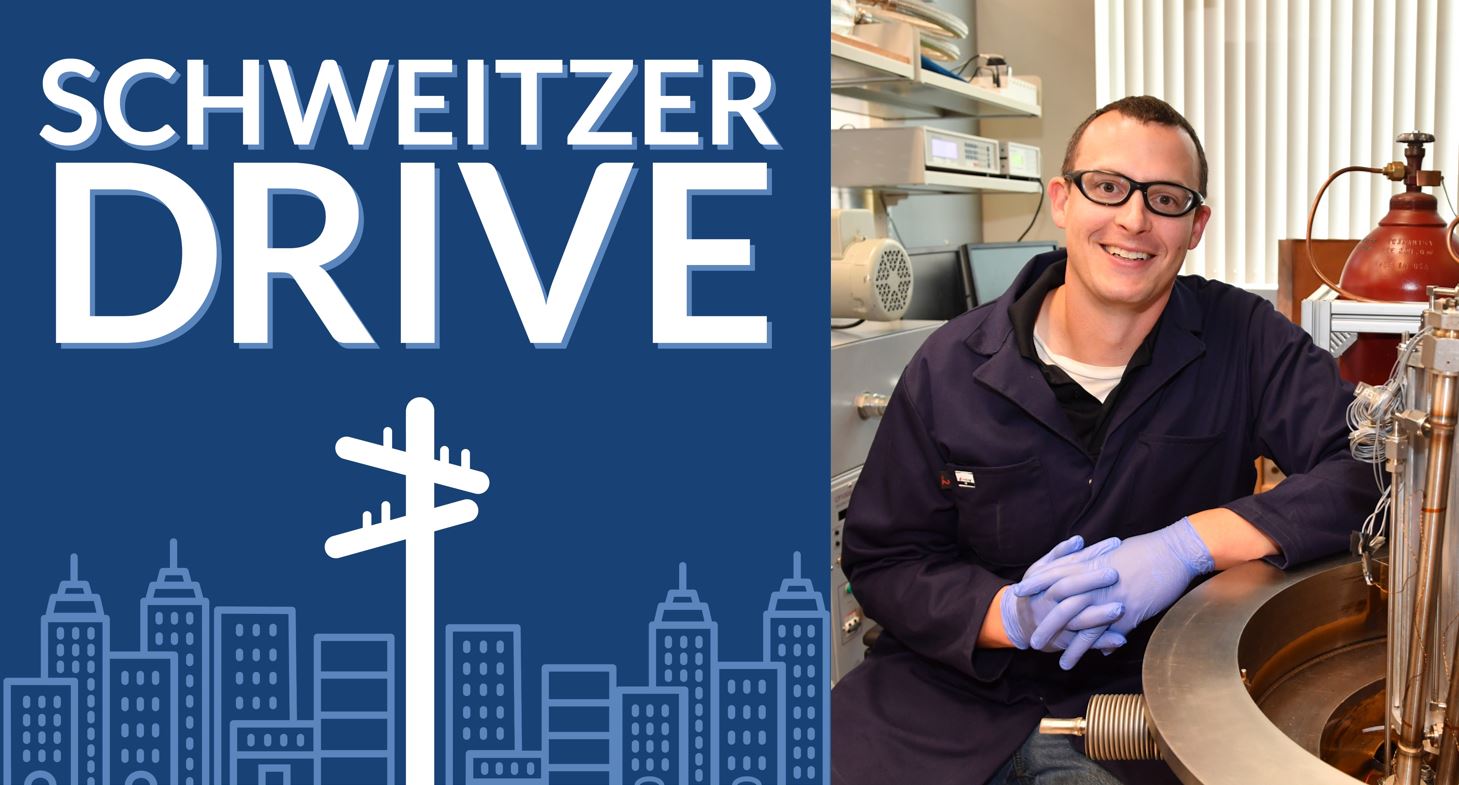Archie West from Airbus ZeroE Reflects on a Semester Placement in HYPER
jacob.leachmanHydrogen must play a crucial role in humanity’s future. It is the universe’s most abundant element and boasts one of the best specific energy’s known to mankind. The UK government has set a target to be carbon neutral by 2050, my company Airbus, currently contributes to global carbon dioxide emissions, finding a zero-emissions fuel is imperative for a sustainable world. This passion led me to HYPER, where I hoped to be inspired and gain deep technical insights to contribute towards this sustainable future of aviation.
The day before arriving in Pullman, Washington, USA, I was apprehensive. I was moving 5305 miles to a town I … » More …

